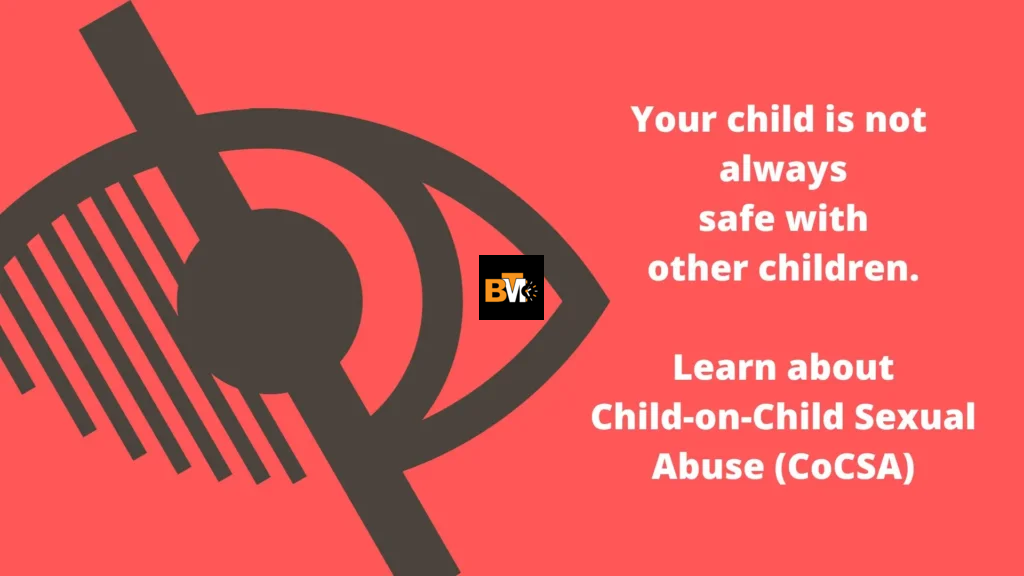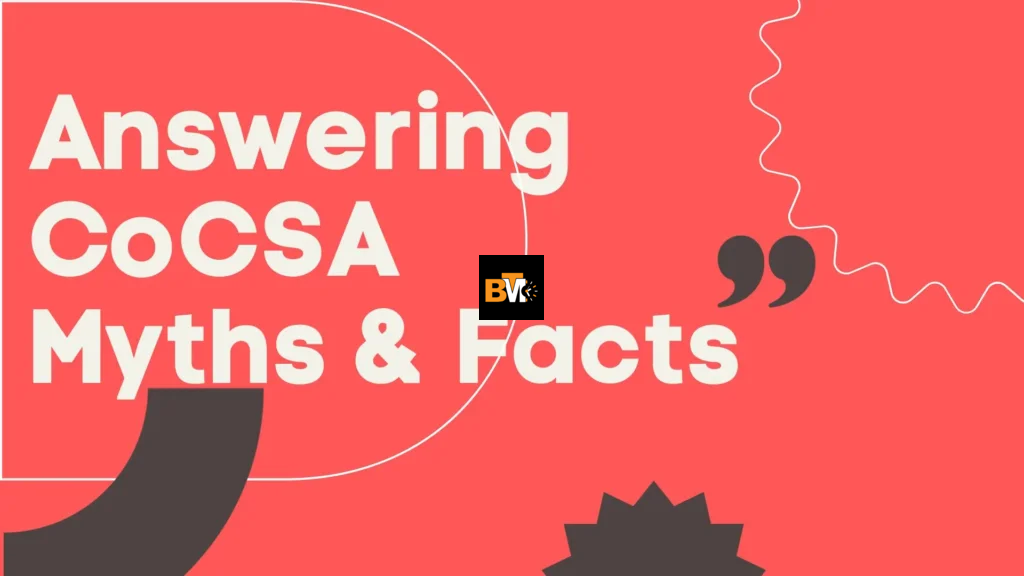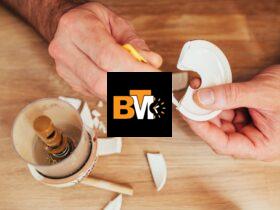COCSA is a serious issue that affects many children, but not everyone understands what it means. This guide will explain COCSA in simple words, making it easy for anyone—even a 10-year-old—to understand. We will talk about what COCSA means, why it’s important to know about it, who is affected, and how to prevent it. By learning about COCSA, we can help protect children and create a safer environment for them.
What Does COCSA Mean?
COCSA stands for Child-on-Child Sexual Abuse. It happens when a child engages in sexual behavior with another child in a way that is not appropriate. This can include touching, talking, or showing things that are sexual in nature. Unlike normal childhood curiosity, COCSA involves behaviors that are not mutual, not appropriate for their age, or are influenced by external factors like exposure to adult content or abuse.
COCSA can happen between siblings, friends, classmates, or any two children who interact with each other. It’s important to understand that children involved in COCSA are not always aware of the harm they are causing, which is why proper education and guidance are necessary.
Why Is Understanding COCSA Important?
Many people do not talk about COCSA because they feel uncomfortable discussing it. However, understanding it is important for many reasons:
- Early Intervention: The sooner COCSA is recognized, the easier it is to help both the affected child and the child displaying harmful behavior.
- Protecting Children: Educating parents, teachers, and caregivers about COCSA can help them prevent it from happening.
- Reducing Shame and Confusion: Many children involved in COCSA don’t understand what is happening. Teaching them about boundaries helps prevent harmful situations.
- Creating a Safe Environment: If we know the signs of COCSA, we can take action to protect children and ensure they grow up in a safe and healthy environment.
Who Is Most Affected by COCSA?
COCSA can happen to any child, but some children are at a higher risk than others.

What Age Group Is Most Affected?
COCSA most commonly affects children between the ages of 4 and 12. Younger children often do not fully understand the concept of personal boundaries, while older children may have been exposed to inappropriate content or past trauma. However, COCSA can involve children outside this age range as well.
How Can Parents Recognize the Signs?
Parents and caregivers should pay attention to any unusual behaviors in their children. Some signs that may indicate COCSA include:
- Sudden fear or discomfort around certain children
- Acting out inappropriate sexual behaviors
- Avoiding specific people or places
- Anxiety, depression, or changes in mood
- Regression in behavior (such as bedwetting in older children)
Recognizing these signs early can help prevent further harm and allow children to get the support they need.
What Should You Do If It Happens?
If you suspect that a child is involved in COCSA, it’s important to take action immediately:
- Stay Calm: Children need reassurance and support, not panic or anger.
- Talk to the Child: Use simple, non-judgmental language to understand what happened.
- Seek Professional Help: A therapist or counselor can provide guidance for both children involved.
- Set Clear Boundaries: Teach all children involved about appropriate behaviors.
- Involve Authorities if Needed: In serious cases, professionals such as child protective services may need to be involved.
What Causes COCSA?
COCSA does not happen without reason. There are several common factors that may lead to it, including:
- Exposure to Inappropriate Content: Children who have seen explicit material online or on TV may mimic what they have seen.
- Previous Abuse or Trauma: Children who have experienced abuse themselves may repeat the behavior with other children.
- Lack of Supervision: Without proper adult supervision, children may engage in inappropriate behaviors without understanding the consequences.
- Peer Influence: Some children may be pressured by their friends or siblings to engage in behaviors they do not fully understand.
Understanding the causes of COCSA helps in creating strategies to prevent it from happening in the first place.
Signs and Symptoms of COCSA
COCSA can have both emotional and physical effects on children. Some common signs to watch for include:
- Behavioral Changes: Sudden aggression, withdrawal, or extreme shyness.
- Knowledge Beyond Their Age: Talking about sexual topics that are not age-appropriate.
- Physical Signs: Unexplained bruises or discomfort in private areas.
- Fear of Certain People: Avoiding certain friends, relatives, or playmates.
- Regression: Going back to earlier behaviors like thumb-sucking or bedwetting.
If you notice these signs in a child, it is essential to address the issue immediately with care and professional help.
How Can We Prevent COCSA?
Preventing COCSA requires education, awareness, and action from parents, schools, and communities. Here are some ways to help:

Teaching Kids About Boundaries
Children need to understand personal boundaries from a young age. Teach them:
- Their Body Belongs to Them: No one has the right to touch them without permission.
- Good Touch vs. Bad Touch: Help them understand the difference between safe and unsafe physical contact.
- Saying “No” Is Okay: Encourage them to say “no” if they feel uncomfortable.
How Schools Can Help
Schools play a critical role in preventing COCSA by:
- Teaching age-appropriate lessons about body safety.
- Training teachers and staff to recognize and address inappropriate behaviors.
- Creating a safe environment where children feel comfortable discussing their concerns.
The Role of Parents and Caregivers
Parents and caregivers are the first line of defense against COCSA. They can help by:
- Having Open Conversations: Encourage children to talk about their feelings and experiences.
- Monitoring Media Exposure: Limit access to inappropriate content on TV, social media, and the internet.
- Setting Clear Rules: Explain what behaviors are appropriate and what is not.
- Encouraging Healthy Friendships: Teach kids how to choose safe and respectful friends.
What to Do If COCSA Happens?
If COCSA happens, it’s important to act quickly and responsibly. Here’s what you should do:
- Support the Child: Make them feel safe and let them know they are not in trouble.
- Seek Professional Help: Therapists, counselors, and child protection services can help both children involved.
- Educate and Guide: Teach children about healthy relationships and personal boundaries.
- Create a Safe Space: Ensure children feel comfortable talking about their experiences without fear or shame.
Taking these steps can help prevent long-term emotional and psychological effects on children.
The Bottom Line
COCSA is a serious issue that affects many children, but by understanding it, we can take steps to prevent it. Teaching children about personal boundaries, recognizing the signs of COCSA, and providing support when needed are crucial in protecting young lives. Parents, teachers, and caregivers all play a vital role in creating a safe and healthy environment for children to grow and thrive.
By spreading awareness and taking action, we can ensure that children are protected from harm and have a bright, safe future ahead of them.







Leave a Reply